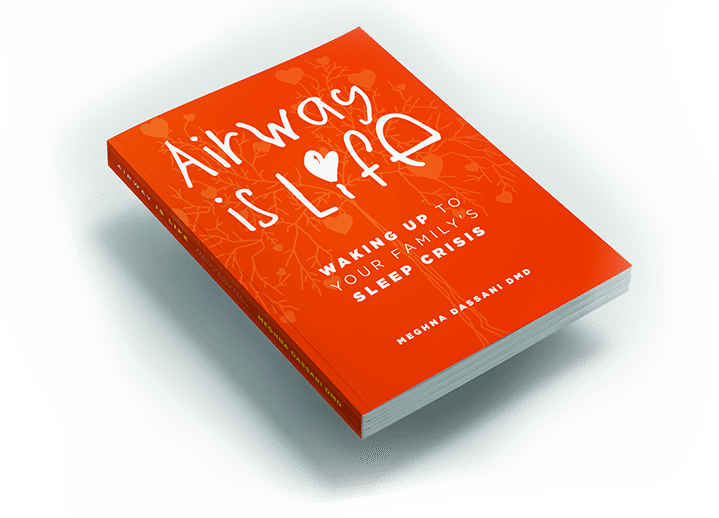Why is the shape of the palate important?
When you begin to learn about sleep apnea, you may notice that many dentists and sleep doctors talk a lot about the palate. Why is the palate so important to doctors and dentists who treat obstructive sleep apnea?
There are several ways in which the form and development of the palate can cause OSA. If the underlying cause of a person’s OSA is the palate, many first-line interventions may not cure the apnea.
Both a high, narrow palate and a poorly toned soft palate that hangs low can affect sleep breathing and deprive the brain of oxygen. The development of the palate begins in utero. Scientists in the UK have found that many palate issues are related to genes active during the earliest days of an embryo’s life.
As a person grows, their habits, such as how they use their tongue and the sorts of foods they eat, can affect the development of the palate. A healthy palate remains wide and low, to allow for breathing, chewing, and proper speech sounds. Finally, as people age, their palate may lose tone and become floppy. All of these changes to the palate can change how you breathe when you’re asleep.
So what does the shape of the palate mean?
In very young children, a high, narrow palate could indicate a tongue tie that needs revision.
The tongue acts as a natural retainer and palate expander. In a healthy mouth, the tongue tends to rest on the roof. The pressure from the tongue flattens and widens the palate. This makes room for the teeth and encourages the sinus cavity’s proper formation. When a child has a high, narrow palate, it could be a sign that the tongue can’t lift to the roof of the mouth.
In addition to affecting the shape of the palate, it can also affect feeding and sleep breathing. A child with a tongue tie may not be able to achieve a proper latch when nursing. In some cases, these kids can’t even take a bottle well. A poorly positioned tongue can block airways during sleep, causing OSA. It can also fail to block airways properly during feeding and lead to an increased risk of aspiration.
If a physician, dentist, lactation consultant, or speech and language pathologist notices that your child has a high and narrow palate, ask them to check for tongue tie as well.
In school-aged children, a high, narrow palate can lead to mouth-breathing and dental issues.
In some cases, a child’s tongue tie will release naturally. However, unless they learn the habit of letting their tongue rest on the palate, they may continue to hold it low in the mouth. Since the palate never widens, the sinus cavity is constricted. This leads to frequent blockages. The child responds by mouth breathing.
Since mouth breathing doesn’t allow the nose to warm and moisturize the air, the tonsils, adenoids, throat, and lungs can become irritated and swell. This leads to sleep apnea, but the underlying cause is mouth-breathing and constricted sinuses.
Children with high narrow palates often experience dental issues as adult teeth come in. They may be told they need some of their permanent teeth pulled. They may need braces. For children in this situation, orthodontic devices can expand the palate. This improves the sinus cavity and allows the child to keep all of their permanent teeth.
In adults, a ‘floppy’ soft palate can cause snoring and obstructive sleep apnea.
As adults age, the soft tissue inside their mouths begins to sag and lose tone, just as the soft tissue on the face does. However, this is not simply a cosmetic issue. When the soft palate loses tone and sags, it can block the airway during sleep.
In the early stages, this leads to snoring, and as the condition gets worse, it can cause sleep apnea. Adults who snore should get screened for sleep apnea. If CPAP treatment isn’t a good fit, there are oral appliances or even surgeries that can help with the soft palate issues.
Whether you’re suffering from OSA or screening for it, it’s important to understand how the shape of the palate can affect sleep breathing.
Dr. Meghna Dassani has practiced dentistry for over two decades and is passionate about the role dentists play in whole-body health. You can learn more at her website: MeghnaDassani.com.
Healthy Sleep Revolution Podcast
Snoring? Tired all day? Trouble focusing?
So many think these symptoms are common in kids and adults when tired. Join us as we debunk some of these common myths and put the spotlight on Sleep Apnea. Discover what constitutes healthy sleep and how we can help ourselves and our kids get the best sleep ever.


